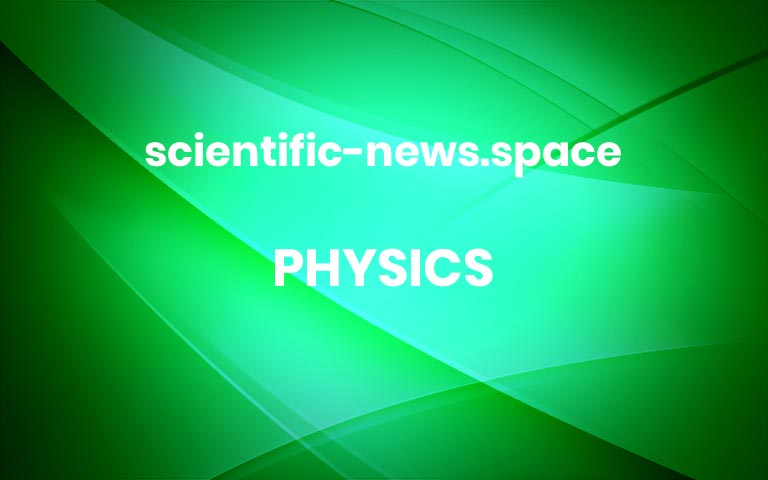The first artificial material that follows sunlight may upgrade solar panels
As the sun moves across the sky, sunflowers continually orient themselves to soak up the most light (SN: 8/4/16). Now a type of human-made material can do that, too. This is the first artificial material capable of phototropism, researchers report November 4 in Nature Nanotechnology. Stemlike cylinders of the material, dubbed SunBOTs, maneuvered to capture […] More


